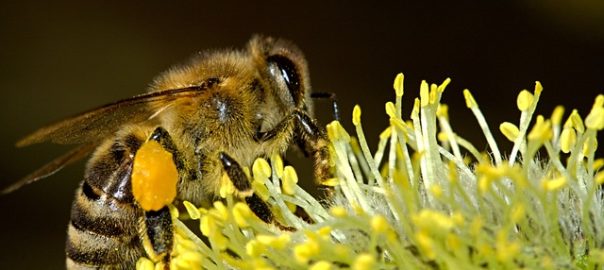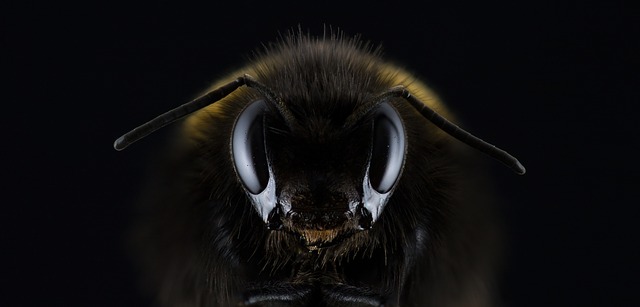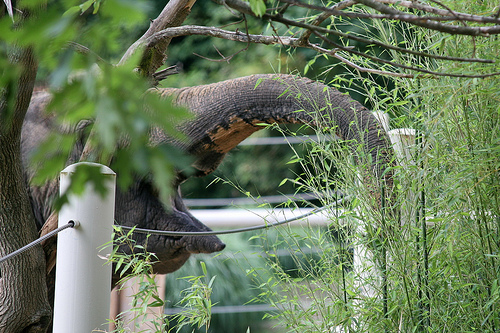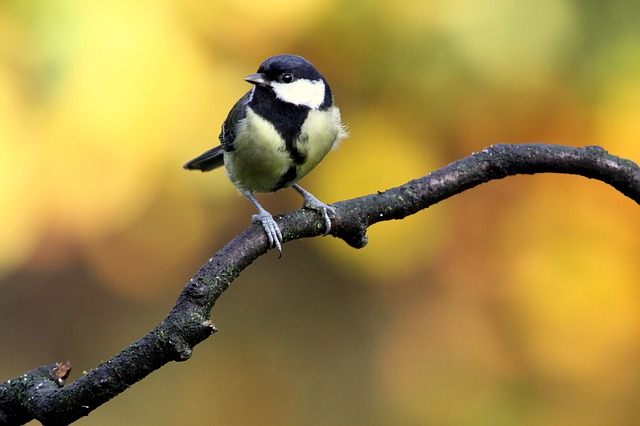If you show a first grader the symbols 1,2,3,4 he or she would quite easily be able to tell you that these represent the numbers one, two, three and four. Interestingly, if you show a honeybee the same symbols, the bee too might give a knowing buzz of recognition and understand that those symbols represent the numbers one, two, three and four! This discovery was made recently by RMIT University researchers who a few years back had also discovered that bees understood the concept of zero and were capable of doing simple arithmetic.
Also Read:Bees Stop Buzzing During Solar Eclipse
The researchers, a team of Australian and French scientists, trained bees to associate a symbol with a number and found that the honeybees to match a character with a specific quantity.
This discovery is astounding in many ways.
First, it shows that the complex cognitive ability of numbers and counting is not a human mind domain but may be an ability that has evolved over millions of years.
“Humans have over 86 billion neurons in our brains, bees have less than a million, and we’re separated by over 600 million years of evolution.
“But if bees have the capacity to learn something as complex as a human-made symbolic language, this opens up exciting new pathways for future communication across species.” Says Associate Professor Adrian Dyer.
The research also shows that the concept of Arabic numerals can be grasped by brains that are much smaller than ours and opens a new avenue of communication between species.
“We take it for granted once we’ve learned our numbers as children, but being able to recognise what ‘4’ represents actually requires a sophisticated level of cognitive ability,” Dyer said.
“Studies have shown primates and birds can also learn to link symbols with numbers, but this is the first time we’ve seen this in insects.” Adds Professor Dyer.
How Bees Became the Math Whiz
From pigeons to parrots and chimpanzees to monkeys, many studies over the years have shown how animals other than humans have the ability to play with numbers. Chimps can lay the Arabic numerals in the correct sequence. An African grey parrot named Alex could learn the names of the numerals and solve sums.
Also Read: Humans Are Not Smarter Than Animals
However, this is the first time that a lesser evolved species than mammals or birds could accomplish this feat.
In a Y shaped maze shown below, the researchers led by Dr Scarlett Howard, bees were trained to match a character with an element just like children are trained to match 2 bananas or 3 pencils. There was also a second group of bees which was trained to match number of elements with characters.
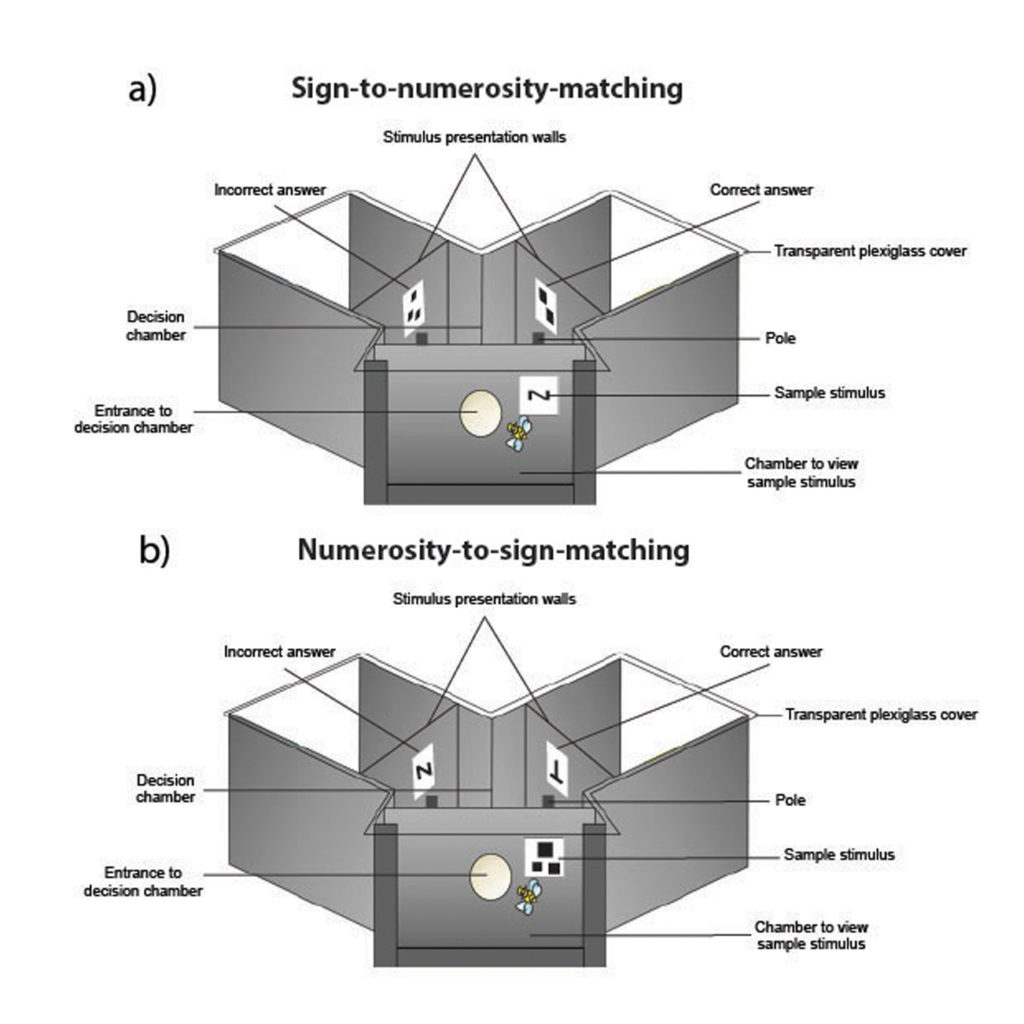
The team found that while each group could understand and complete their own task, they were not able to do the reverse task i.e. Group A could not match elements with characters like Group B and vice versa.
“This suggests that number processing and understanding of symbols happens in different regions in bee brains, similar to the way separate processing happens in the human brain,” Howard said.
“Our results show honeybees are not at the same level as the animals that have been able to learn symbols as numbers and perform complex tasks.
“But the results have implications for what we know about learning, reversing tasks, and how the brain creates connections and associations between concepts.
“Discovering how such complex numerical skills can be grasped by miniature brains will help us understand how mathematical and cultural thinking evolved in humans, and possibly, other animals.”
In future, when computing systems are designed to become even more efficient, the researchers say they might take a cue from the bee brains that have proved to be tiny but mighty.
“When we’re looking for solutions to complex problems, we often find that nature has already done the job far more elegantly and efficiently,” he said.
Watch out Spellbee champs, the real bees can be taking over your crown soon!
If you liked what you read and wish that we continue to bring stories of lesser known species into the mainstream, do support our work by clicking here.

